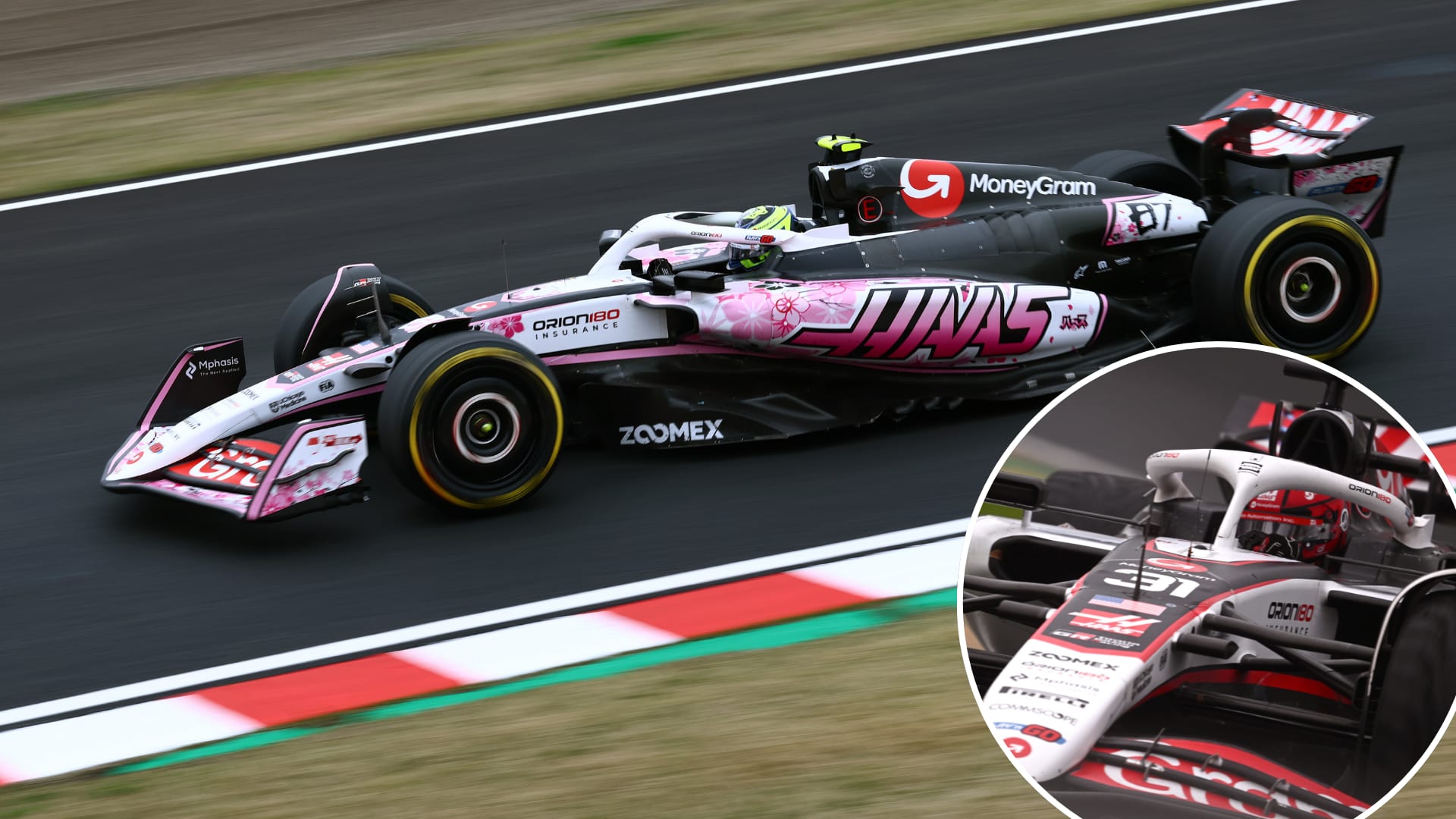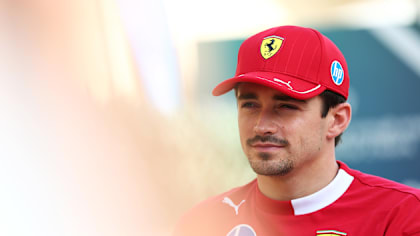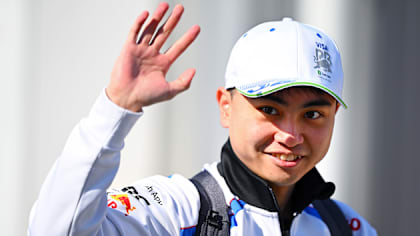
Technical
TECH TUESDAY: What's a differential – and did a faulty one cost Verstappen victory in Bahrain?

Share

Max Verstappen claimed pole over Lewis Hamilton by almost four tenths of a second at the Bahrain Grand Prix, but lost out to the Englishman on race day. Mercedes used a clever strategy to leapfrog Hamilton ahead of Verstappen, but the Red Bull driver also said a differential issue was costing him pace in the race. In this week's Tech Tuesday, Mark Hughes explains exactly what the differential is, and how the problem damaged Verstappen's chances of victory.
Verstappen’s differential problem in the season-opening Bahrain Grand Prix was losing him up to 0.3 seconds per lap in the first stint, according to Red Bull’s Helmut Marko. It prevented Verstappen being able to convert the pace advantage he had over Mercedes in qualifying to keep himself out of undercut range of Lewis Hamilton which, in turn, is ultimately how he lost the race.
TECH TUESDAY: Have the 2021 rule changes swung the advantage from Mercedes to Red Bull?
So, what does the differential do and how did it have such a serious effect on Verstappen’s race?
The differential is housed within the transaxle between the rear wheels and determines the proportion of drive the inner and outer rear wheel (on any given corner) receive. The inner wheel (on a left hand turn, the left rear) will need fewer turns than the outer wheel to make the same turn and the differential is the mechanism which makes the appropriate split to each wheel, by way of interconnected toothed gears.
But the differential can also be set up in a more aggressive way, using friction to change the torque split between each wheel to actually aid the rotation of the car or stabilise the car under braking.
Hamilton and Verstappen's epic battle in Bahrain
A completely ‘open’ differential simply splits the drive according to the arc of the corner. A completely locked differential allows no split and the inner wheel, given more drive than it needs, is forced through the turn by scrubbing over the surface, with the driving torque of the outer wheel actually helping turn the car.
There is an infinite range between those two points of fully open and fully locked. The use of electro-hydraulic control for the diff in F1 allows the resistance to be varied between set points, via a steering wheel switch. This controls the friction resistance by varying the hydraulic pressure on the friction plate.
A completely open diff delivers equal torque to each wheel, regardless of the differing speeds of each wheel. Eventually the inner wheel will spin and the differential will then cut the torque to both wheels. This would make the car very benign in how it puts the power down through a corner, but with low traction limits and a very smooth, easily-controlled, wheelspin.
TECH TUESDAY: How Alfa Romeo made the biggest relative gains in 2021 with the distinctive C41
It would give good control on a low-grip surface where there is not much tractive force available anyway. But a more locked diff, by resisting torque delivery to the limiting inner wheel will deliver more to the outside wheel – and thus provide more traction for acceleration. In doing so, it aids the turning of the car. But when the traction does break away, it will be more aggressive.
Generally, the more grip that is available, the greater degree of differential lock the driver will tend to use. So softer tyres and a rubbered-in track will push the driver towards using more diff lock to help change direction more quickly.

The W12 was outpaced by the RB16B in qualifying, but the tables were turned on Sunday
Verstappen was finding from as early as the formation lap that the inner wheel was spinning at Turns 1-2. So, he reacted by choosing a higher degree of locking on the diff. The read-out on the steering wheel confirmed his choice, but the behaviour of the car was unchanged. Therefore he was having to adapt his driving accordingly, by being less aggressive with the power application out of those low-speed corners.
That was lost lap time right there, but what the spinning inner wheel also did was increase the tyre surface temperature.
TECH TUESDAY: Why have Aston Martin and Mercedes opted for 'rippled' floors on their new cars?
On a track like Sakhir, which induces a high thermal performance degradation rate anyway, the drivers have to drive to the temperature of their rear tyres. They cannot simply drive flat-out – for that would force them to pit disastrously early, and many times. Because the wheelspin was increasing the tyre temperature, Verstappen was having to drive the rest of the lap more conservatively than he would otherwise have done in order to keep the rear temperatures from getting into a runaway state of ever-increasing temperatures.
Hence why Hamilton, in a Mercedes which couldn’t live with the Red Bull in qualifying, was able to remain close enough to him that he was within undercut range when the first pit stop window opened.
YOU MIGHT ALSO LIKE
News Leclerc hopeful Ferrari can ‘close the gap’ with new parts as he sets out expectations for Bahrain Grand Prix
News Ayumu Iwasa set to drive Verstappen’s Red Bull in FP1 at Bahrain Grand Prix
FeatureF1 Unlocked THIS WEEK IN F1: 10 tough quiz questions on the Japanese Grand Prix
News Verstappen says Red Bull ‘definitely need to improve’ if they are to fight for 2025 titles




